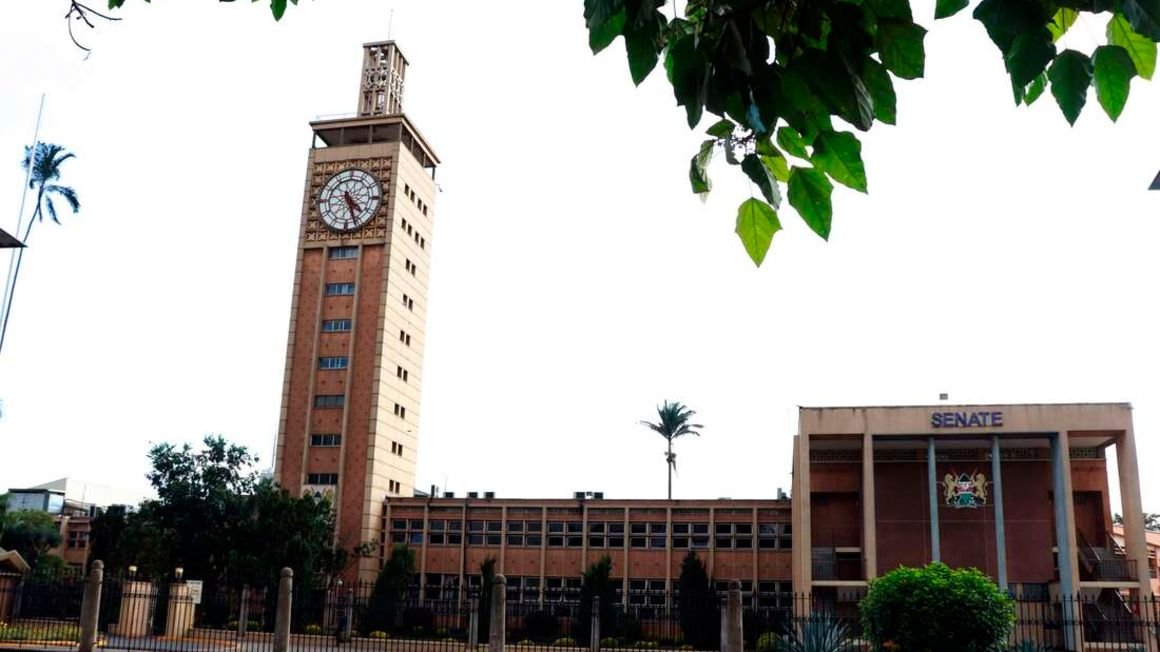Parliament caps Public debt at 10 Trillion: Parliament on Tuesday night raised the national debt ceiling to Sh10 trillion to allow the next government to borrow Sh846 billion to cover the budget deficit for the fiscal year starting July 1.
Majority Leader Amos Kimunya, who launched the debate on adjusting the debt ceiling, told MPs that the country is in a situation where it cannot manage the 2022-23 budget without raising the debt ceiling.
He said raising the debt ceiling was a temporary measure that would allow the next government to seek funding to implement its plans as it worked to increase internally generated revenue sustainably.
“I think raising the debt ceiling is a temporary measure. The government coming on August 9 should come back to the house and make sure we borrow as a percentage of GDP,” Mr. Kimunya said.
Legislators have amended section 50(2) of the Public Finance Management Regulations 2015 to require that “public debt shall not exceed ten trillion shillings”.
Lawmakers raised the debt ceiling to 9 trillion shillings in October 2019 from the previous 6 trillion shillings.
Raising the debt ceiling comes just two months after Mr. Kimunya successfully pushed for amendments to the Budget Policy Statement (PBS) for 2022-23 and ordered the Treasury to amend the law to address the Sh846 billion budget deficit.
Mr. Kimunya told MPs that the committee, chaired by Tiaty MP William Kamket, had rejected the Treasury’s proposal to amend the Public Financial Management Act 2022, which aims to limit public debt to 55% of GDP.
The proposed net present value limit of 55% of GDP is in line with international standards for low- and middle-income economies such as Kenya.
Analysis by the Parliamentary Budget Office, a specialist body that advises lawmakers on financial and economic matters, showed Kenya’s national debt of Sh7.99 trillion was equivalent to 64.2% of GDP (net present value) as of September last year, up from 55% Percent cents suggested.
The bill would allow the state to exceed borrowing limits in the event of war, health epidemics, or natural disasters, as long as it can explain to Congress what caused the overborrowing.
“When the Treasury Cabinet Secretary appeared in the House of Representatives in his 2022-23 Budget speech, he said he would propose to the House that the debt limit be calculated to 55% of GDP,” he said.
“As the deliberations progressed, the empowering Legislative Council realized that even the GDP to NPV ratio was more complicated because there were conflicting numbers. People wanted to know the exact debt limit.”
Mr. Kimunya said the committee, led by Kamket, had proposed to the House that a known debt ceiling was needed.
“The new house will come up with its spending limits and propose whatever it wants. It’s an interim debt limit and we’ve proposed raising that limit as the shilling falls in value.
He said the Treasury had tried to raise another Sh57 billion for the fiscal year starting July 1, but the Finance and Planning Commission had reduced it to Sh34 billion by amending the proposed tax.
“We already know how much tax we can bring in. Another option is to look at the entire budget and cut about Sh600 billion,” Mr. Kimunya said.
Kimani Ichung’wa, former chair of the Budget and Appropriations Committee, opposes raising the debt ceiling, arguing it would put pressure on ordinary Kenyans.
“We use other people’s money to pay the debt with taxpayer money. I don’t agree with the increase. We spend off-budget and that’s what drives up our national debt,” the Kikuyu lawmaker said.
Parliament caps Public debt at 10 Trillion

1 comment
Your point of view caught my eye and was very interesting. Thanks. I have a question for you.